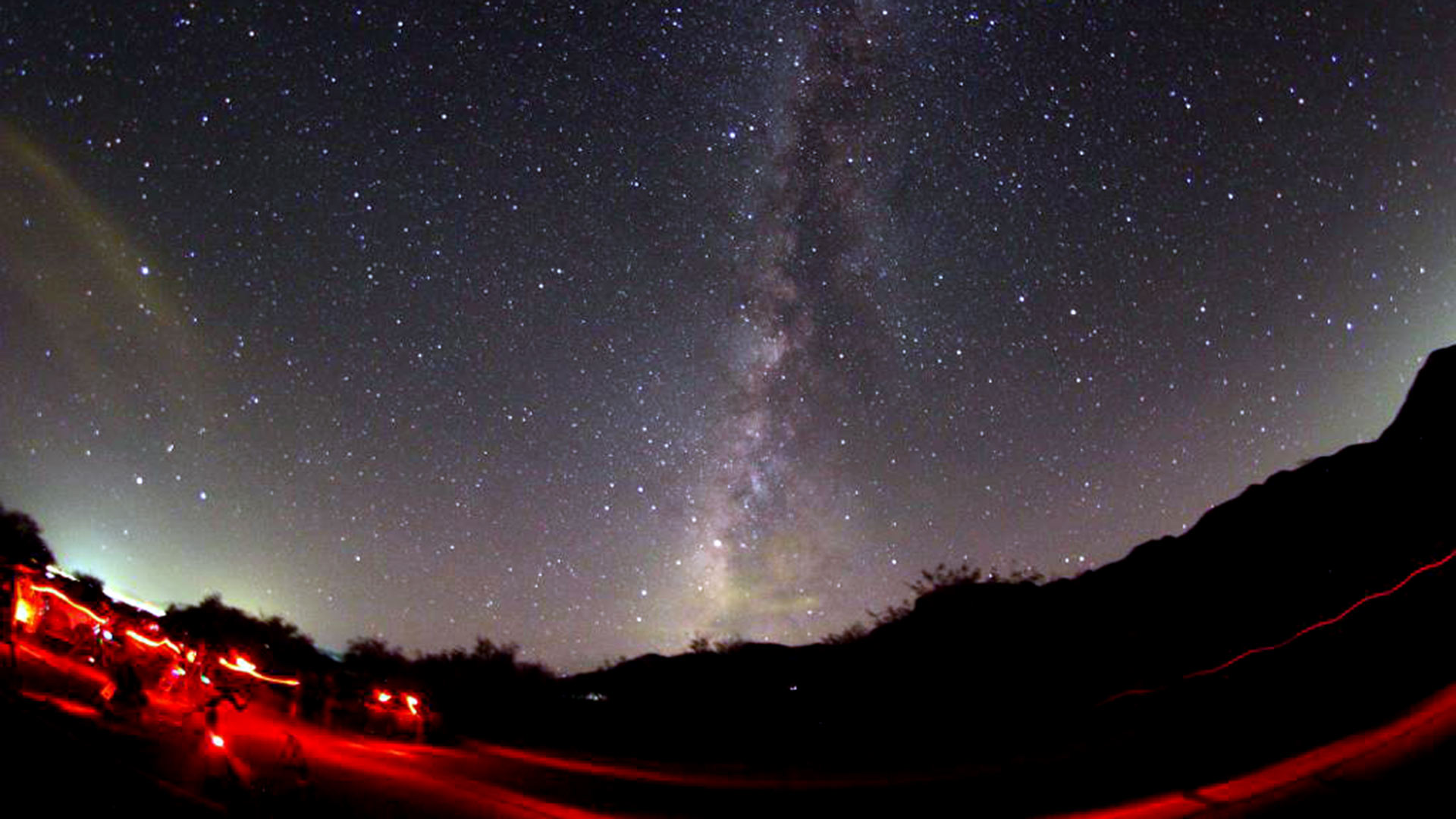 Star-gazing at Kartchner Caverns State Park.
Star-gazing at Kartchner Caverns State Park.
Kartchner Caverns State Park is the newest dark-sky park in the world, and the designation affects more than astronomy.
The Tucson-based International Dark-Sky Association (IDA) was founded nearly 30 years ago by a professional and an amateur astronomer who were concerned about the loss of visibility in the night sky.
While astronomy provides economic benefits in Southern Arizona and elsewhere, managing artificial light can impact nature and humans, too.
“Dark skies also means preservation of natural darkness on the ground, and we know that that feeds into a lot of our understanding of the wellbeing of wildlife and the ecology, and ourselves as human beings,” said John Berentine, IDA's program director.
Berentine said individuals can contribute to creating dark skies.
“There’s something that literally everybody could do to help support this effort. It’s as simple as looking at the outdoor lighting on your property if you are a homeowner, for example, making sure it’s shielded and directed down to the ground, that it’s only operating for the appropriate length of time at night.”
Berentine said there are 50 designated dark-sky parks around the globe, and the association also grants dark-sky designation to communities, including Flagstaff and Sedona. Oracle State Park, north of Tucson, is Arizona’s other dark-sky state park.
Grand Canyon National Park has a provisional designation and is working toward full dark-sky status. It's the best-known of the properties in the National Park Service that have dark-sky designations.
Kartchner Caverns, south of Benson, will celebrate its new dark-sky status Saturday, Sept. 9 at 2 p.m.
The IDA's designated dark-sky places are in 15 countries on six continents, including 20 U.S. states and 19 National Park Service units.


By submitting your comments, you hereby give AZPM the right to post your comments and potentially use them in any other form of media operated by this institution.